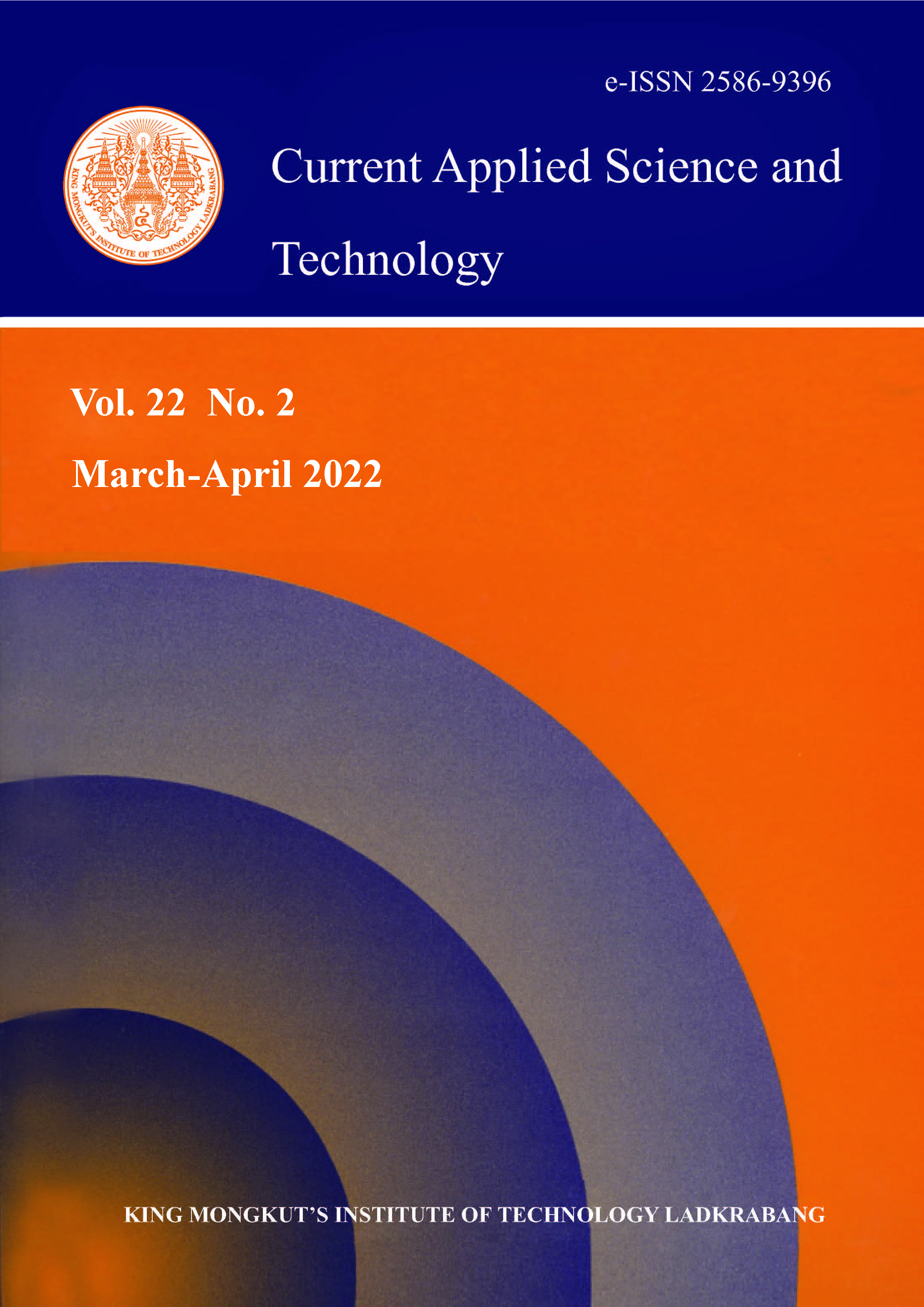Titanium dioxide (TiO2) photocatalysis can degrade air pollutants into nontoxic substances but it can only be excited by UV light. To eliminate this limitation, silver (Ag) and/or graphene oxide (GO) doped TiO2 are applied to enhance visible light photocatalytic activity. In this study, Ag-TiO2 (0.5%, 1%, 2% w/w), GO/TiO2 and GO/Ag-TiO2 were synthesized and then coated on stainless steel mesh. Crystalline and molecule structures, chemical compositions and optical properties of the prepared photocatalyst samples were characterized with X-ray diffraction spectroscopy, X-ray fluorescence spectroscopy, Raman spectroscopy, UV-visible diffuse reflectance spectroscopy, Fourier-transform infrared spectroscopy, and Scanning electron microscopy equipped with Energy dispersive X-ray spectroscopy techniques. The photocatalytic performances of the various doped catalysts were evaluated according to their abilities to degrade gaseous formaldehyde (HCHO) under visible light. The effect of operational parameters on the photocatalytic degradation of HCHO including layer numbers of photocatalyst, powers of fluorescent lamp and flow rates of HCHO were observed. The results indicated that the presence of Ti, O and Ag elements in Ag-TiO2 and Ti, O, Ag and C elements in GO/Ag-TiO2 was confirmed. Proper dispersion of the photocatalyst on the wire mesh was exhibited. Under visible light, the incorporation of Ag and GO in TiO2 photocatalysts produced higher degradation rates of HCHO than pure TiO2. The optimum operating conditions of HCHO degradation at initial concentration of 108.7±1.15 ppm over visible light irradiation for 30 min were 5 layers of 0.5% Ag-TiO2, 72 W fluorescent light and 300 ml/min of HCHO flow rate. Under these conditions, the removal efficiency of gaseous HCHO was 76.70±0.73%.
Keywords: gaseous formaldehyde; graphene oxide; photocatalytic degradation; silver-titanium dioxide; visible light
*Corresponding author: Tel.: 662-329-8400-11 ext. 290 Fax: 662-329-8428
E-mail: suwannee.ju@kmitl.ac.th
Sriwong, C. undefined. ., Klypoo, A. undefined. ., Khingram, A. undefined. ., Natluecha, R. undefined. ., & Junyapoon*, S. undefined. . (2021). Immobilization of Silver Doped Titanium Dioxide onto Stainless Steel Wire Mesh for Photocatalytic Degradation of Gaseous Formaldehyde under Visible Light Irradiation. CURRENT APPLIED SCIENCE AND TECHNOLOGY, DOI: 10.55003/cast.2022.02.22.001 (19 pages). https://doi.org/10.55003/cast.2022.02.22.001

https://cast.kmitl.ac.th/doi/10.55003/cast.2022.02.22.001